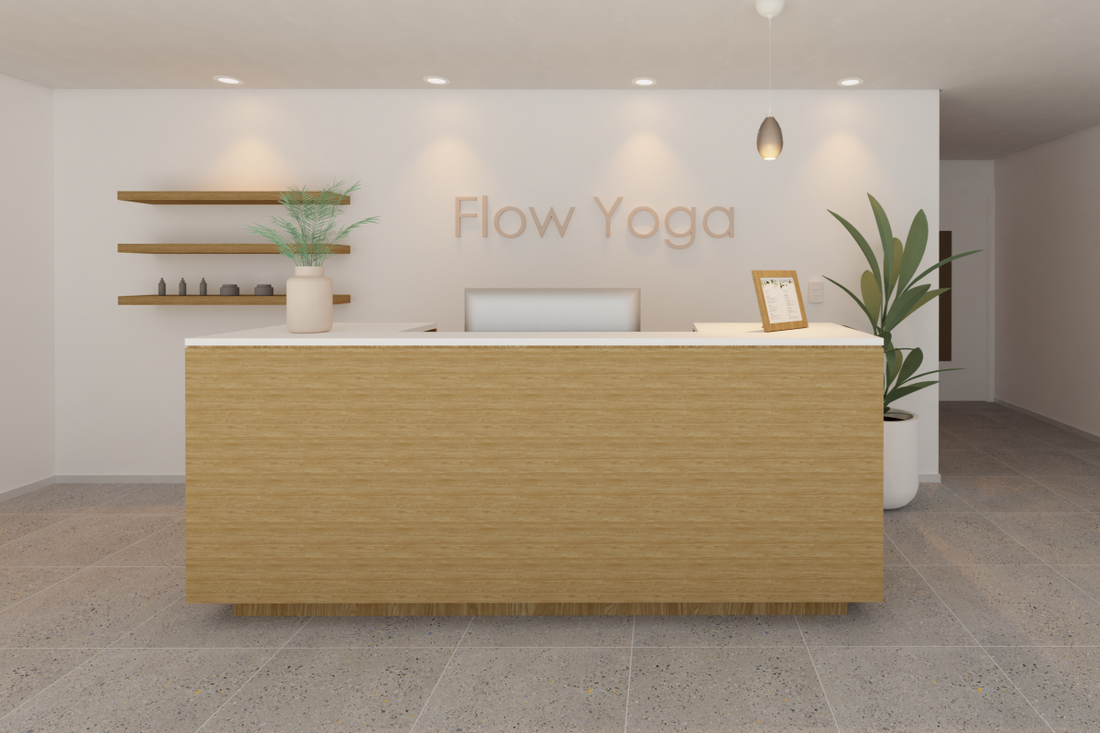
5 Ways we help Interior Designers transition from AutoCAD & SketchUp to Revit
If you’re like many experienced Interior Designers, your current workflow probably looks something like this: AutoCAD for plans and elevations, Photoshop for rendered plans and elevations, SketchUp for 3D modeling, Enscape for realistic 3D renders, Excel for Doors Schedules, Windows Schedules, FF&E Schedules, and Finishes Schedules.
It works, sort of. But it’s also time-consuming, fragmented, and repetitive. Each time a change happens in the design (and let’s be honest, changes happen daily), you have to update drawings, re-export views, adjust graphics, and cross-check schedules.
That’s where Revit comes in. Revit brings all of this together: design, documentation, presentation, and schedules, inside one software.
No more switching between five different software just to keep one project up to date.
Here are 5 ways we help Interior Designers move confidently to Revit:
1. Clear Standards for Interior Design Documentation
In your current workflow, you’re manually coordinating between AutoCAD drawings, Photoshop layouts, and Excel schedules. With Revit, everything updates automatically, drawings, views, and schedules are all linked to the same model. We provide standards and templates built specifically for Interior Designers so your plans, elevations, and schedules look polished and consistent from day one.
2. Turn Overwhelm into Excitement
The transition to Revit can feel daunting, but with our training and our Revit template tailored for Interior Designers, you’ll feel excited even before you begin. That’s because instead of learning random tools you’ll probably never use, you’ll be working directly with the features and workflows that matter most for Interior Design, you’ll create rendered plans, elevations, 3D views, schedules, all from the same model. You’ll feel confident knowing you’re learning skills you’ll actually use in real projects.
3. K.I.S.S. (Keep It Super Simple)
Moving from AutoCAD and SketchUp doesn’t mean you need to master every advanced feature on day one. We help you start simple, so you won’t have to deal with complex Revit families, schedules full of hidden formulas, titleblocks with infinite settings… We provide easy-to-use content that works just like your AutoCAD blocks or SketchUp components, but smarter. No more waiting on someone to create content for you, you’ll have the freedom to model and adjust quickly with our simple and easy workflows for Interior Designers.
4. Flexible Workflows for Real Projects
We know Interior Design projects don’t always follow a “perfect world” process. Tight deadlines and constant changes mean you need flexibility. That’s why we focus on flexible workflows. You’ll learn how to adapt when things don’t go perfectly, how to “cheat smartly” when you need to save time, and how to keep moving without sacrificing quality.
5. A Revit Template for Interior Designers
The secret weapon of a smooth transition is a Revit Template designed for Interior Design. Our BIM Interior Design Revit Template is built specifically for Interior Designers, covering presentation, documentation, and scheduling, everything you currently do across AutoCAD, Photoshop, SketchUp, Enscape, and Excel, streamlined into one platform. This means less rework, less back-and-forth, and more time focusing on design.
A strong Revit Template eliminates double work and ensures consistency.
-
Transitioning to Revit doesn’t mean abandoning the skills and tools you’ve mastered. It means upgrading your workflow so everything you do (plans, elevations, schedules, 3D models, rendered images, and even client presentations) happens in one software.
Imagine the freedom of not having to open AutoCAD, Photoshop, SketchUp, Enscape, and Excel just to keep one project coordinated. With Revit, you’ll design faster, present with confidence, and deliver complete documentation sets that impress both clients and contractors.
Are you ready to finally bring all your Interior Design work into one streamlined platform? Which of these five steps do you think will save you the most time right away?
